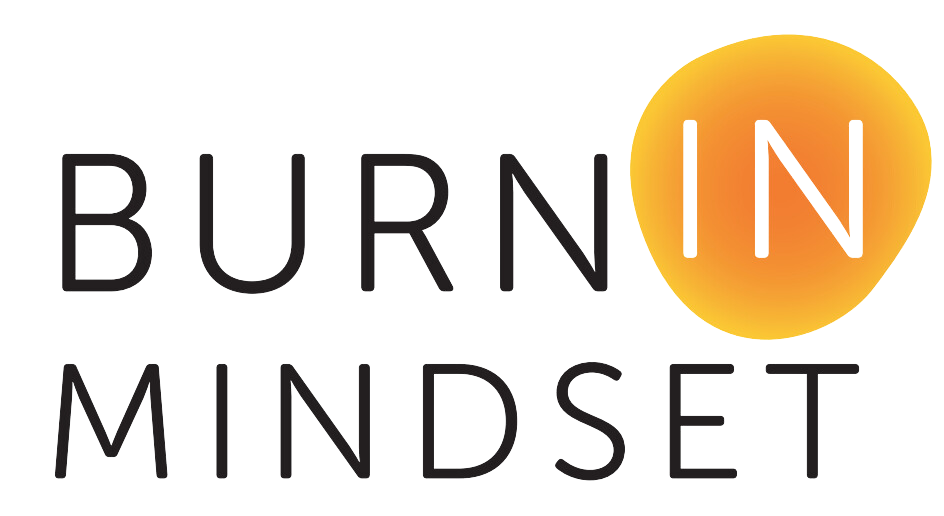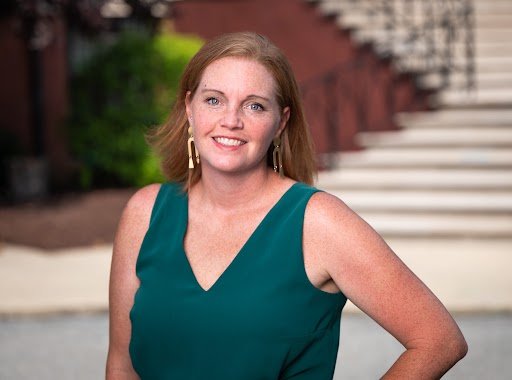Two Leaders, Two Strategies for Historic Success: The Secrets Behind DC's Top Bilingual Schools
by Elora Tocci
In Washington, DC, it’s not uncommon to hear languages other than English. At DC Bilingual Public Charter School, it’s a guarantee.
DCB students spend half their day learning in English and the other half learning in Spanish. Math is always in English. Science is always in Spanish. Reading, writing, and all specials (including culinary arts, P.E., art, dance, and music) are taught in both, depending on the unit of study. That breakdown is intentional.
“Science can be a really fun topic for kids,” said Daniela Anello, DCB’s Head of School. “There’s a lot of hands-on exploration. In the US, kids default toward English. They watch shows in English, they play in English. So we make sure the most fun content is taught in Spanish. That lets them connect something they enjoy with the language we want them to become more familiar with.”
It works. In DC’s annual ranking of top schools in the District, DCB is tied for second. It shares that spot with another bilingual school, Washington Yu Ying Public Charter School. Yu Ying takes a different approach to language immersion that is just as successful.
At Yu Ying, students are fully immersed in Mandarin for 3K and Pre-K. In kindergarten and first grade, the immersion model shifts to 75 percent Chinese and 25 percent English. Starting in second grade, students shift to an alternating day model, where they learn all subjects in Mandarin one day and English the next. Yu Ying also uses the International Baccalaureate framework, a whole-child approach that aims to foster a sense of global citizenship and responsibility.
“The brain’s ability to absorb content, think critically, solve problems, see challenging things and not be afraid of them – these are all benefits of a bilingual education,” said Carlie Fisherow, Yu Ying’s executive director.
Those benefits show up in the test scores of students at both schools. In fifth grade, DC students take a state science test – in English. Despite having learned science in Spanish their entire school careers, DCB students score above average year after year.
“It doesn’t actually matter what language the content is in,” Anello explained. “The content comes in as information, and it stays in the brain. Our kids can spew it out in Spanish or English.”
This students’ ability to seamlessly code-switch at a bilingual school is due in large part to their teachers. At Yu Ying, “it’s not like you do a fraction lesson in Mandarin one day and the same lesson in English the next day,” Fisherow said. “The lessons build on each other. This requires an enormous amount of coordination and co-planning among the teachers.”
The upside is that teachers get to feel valued for who they are and the culture they come from. At both schools, culture is paramount. Language does not exist in a vacuum, and the immersion models allow students to steep themselves in the customs, foods, traditions, and diversity of the countries in which their teachers have roots.
At Yu Ying, which was founded by a group of parents and continues to be fueled by the school community’s grassroots energy, students and teachers have a door decorating competition each winter to celebrate the Lunar New Year. This year the school is decked out in dragons, in honor of the year of the wood dragon. Before the pandemic, parents also organized trips to China and Taiwan so that students could apply what they’ve learned about the language and culture. “Culture is in our DNA,” Fisherow said. “It’s innate to who we are as a school community.”
“The same is true at DCB. When Anello’s daughter was in Pre-K, her teachers were from El Salvador, and Anello said she often came home talking about pupusas for lunch or the Torogoz, El Salvador’s national bird. “She got so excited about all things El Salvador because Ms. Heidy and Ms. Mirna were from there,” Anello said. “Our teachers are so in tune with their culture and language and the kids absorb it all.”
The impact extends far beyond high test scores and top district rankings. When kids live and breathe in languages and cultures different from their own, it helps them grow as people in a way that little else does. They become more compassionate, understanding, and tolerant by default. “They recognize difference as beauty,” said Fisherow. “They see themselves as responsible for a broader world beyond just their community. When you spend half your days learning in a different language and so many of your teachers come from another country, you develop an innate empathy.”
Empathy and compassion are more important than ever in an increasingly polarized world, the effects of which are felt in every school but can be especially acute in a bilingual setting.
“In our current geopolitical climate, schools are used as political lightning rods,” Fisherow said. “That impacts our staff and our ability to run great schools. We ask teachers to do so much already and the expectations for them can be so unrealistic. Now they also have to worry about things like book bans, anti-Asian hate, whether their families will be allowed to come to the US. It’s not fair to our teachers who just want to do right by kids.”
Anello agreed. “I worry constantly about [our staff’s] longevity and ability to stay in the work while experiencing wellness in their lives and not burning out,” she said.
To help teachers cope with the stressors of the job and prevent burnout, DCB started working with a positive psychology practitioner from Burn-in Mindset in April 2021. Since then, twelve educators have participated in Burn-in Mindset coaching sessions.
“I think the sessions helped me (and I bet the rest of our team) to discover strengths that we were not aware of and to use our skills to manage challenges,” said one of the educators who participated. “I see now that those challenges make us grow and help us be resilient. Being in the education field is for passionate people and we do our work out of love. When your values are lined up with the values, missions, and vision of the organization, that is a strong motivation to stick here.”
When students feel that passion and love, it motivates them like little else can. That’s evident from test scores, no doubt, but it also shows up in kids’ creativity and curiosity and generosity of spirit. As students at schools like Yu Ying and DCB grow up, there’s no doubt they will make the world a kinder, brighter place. They’ve already started.


